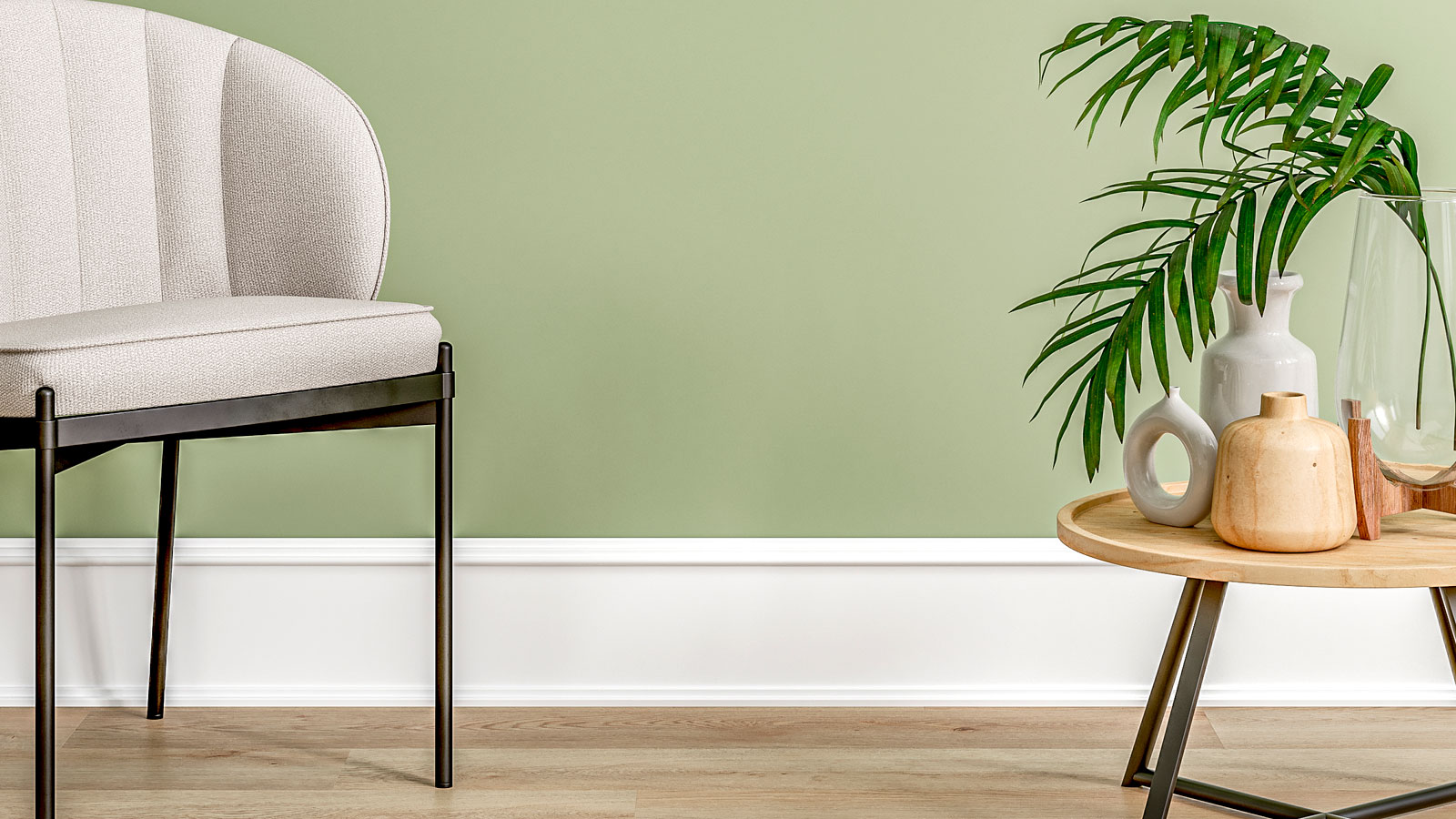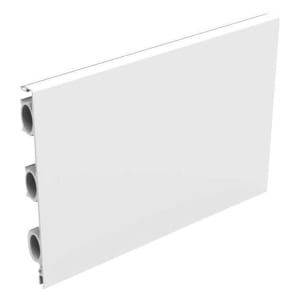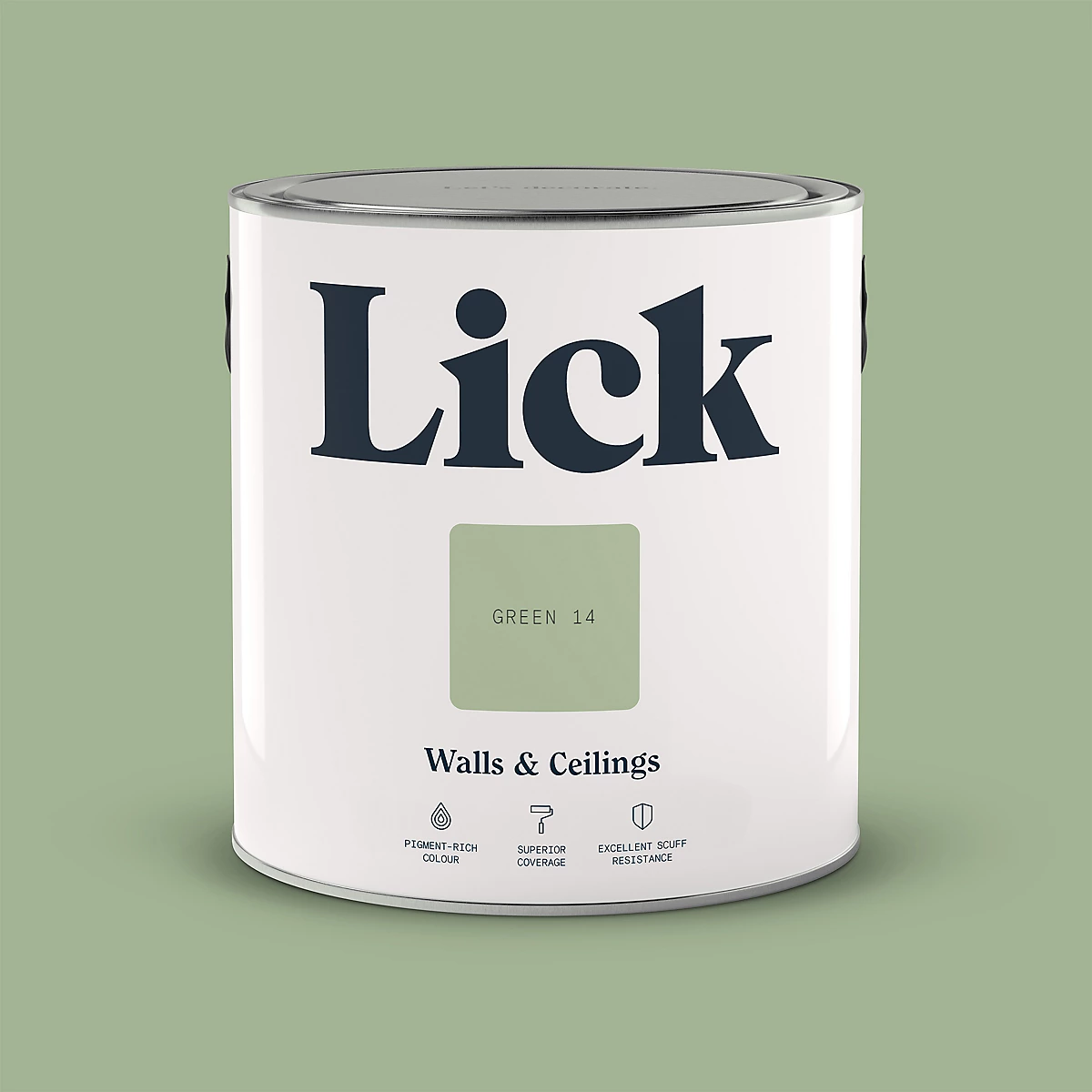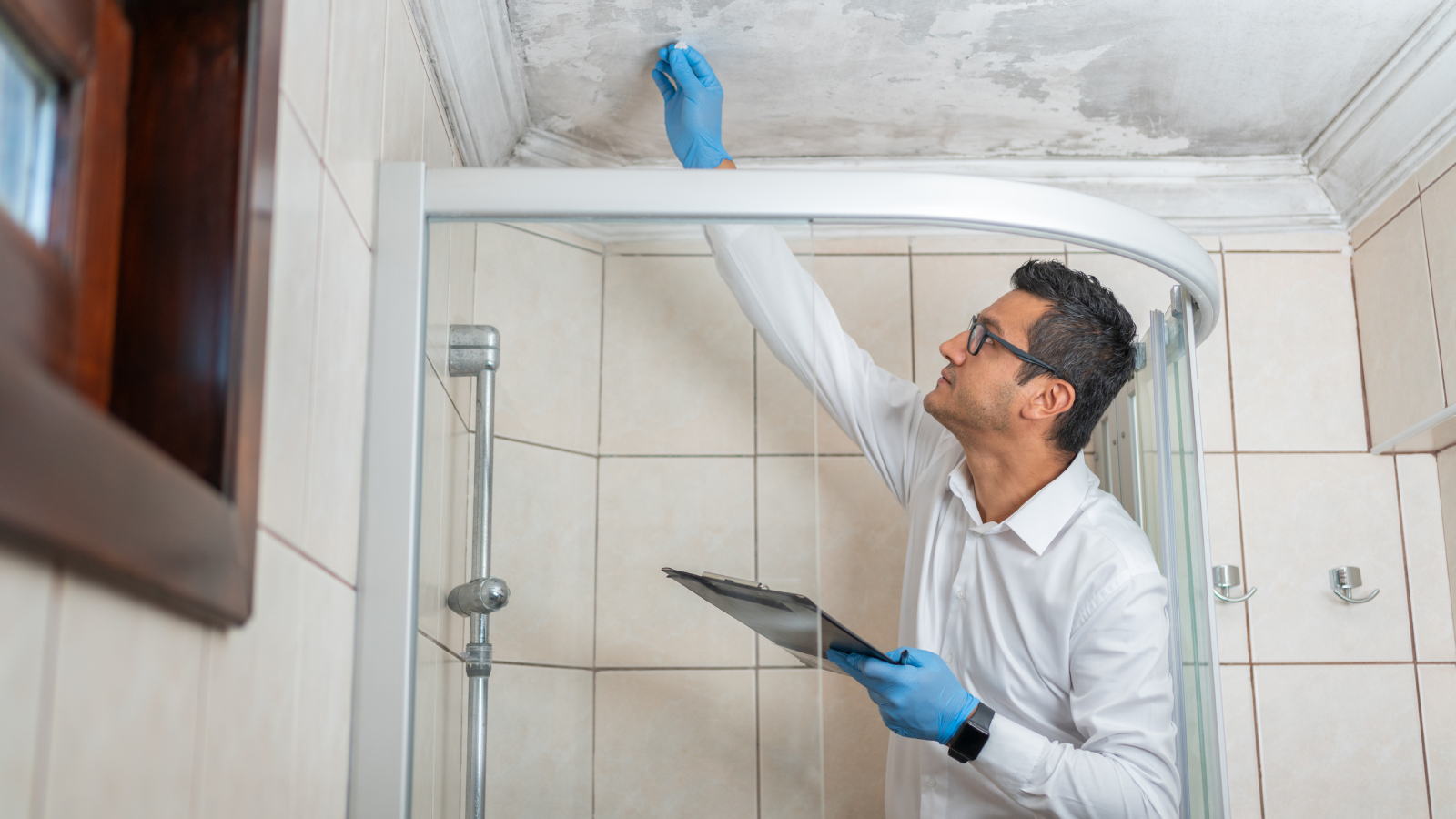Forget radiators, find out how skirting board heating saves space and creates warm, welcoming spaces
If you're wondering what skirting board heating is, this expert guide provides the answers.

If you're seeking an innovative and almost invisible option for warming your living areas, you’ll want to know what skirting board heating is. A smart alternative to traditional radiators, it is designed to blend seamlessly with your existing decor. So smart you won’t even know that it's there.
No longer will you have to consider the best radiators for your latest home redesign. You can simply think about how you will use that now free wall space. Here, experts run through the different types of skirting board heating available, how much you can expect to pay to install it, and the benefits it could bring to your home.

Nicholas Auckland is a heating, cooling and energy expert with over 20 years of experience in the industry, He is dedicated to finding the best heating and cooling solutions for every need, as well as optimising energy usage, reducing costs and helping others live with lower costing energy bills.
What is skirting board heating?

Need more advice or inspiration for your project? Get two free tickets to the Homebuilding & Renovating Show.
To understand what skirting board heating is, Nicholas Auckland, heating expert from Trade Radiators, succinctly shares the basic concept of the heating system: “Skirting board heating systems are skirting boards that have built-in heating elements, to heat the perimeter of a room.”
He adds, “These systems work by running hot water or electricity through heating elements embedded into the skirting boards. Typically, heated skirting boards warm up within 15 to 30 minutes.”
As you might expect, this system sits low to the ground, occupying less space than a radiator (making it more aesthetically pleasing and freeing up wall space), and provides a combination of radiant and convection heat.
Try these if installing skirting board heating

Ideal for wet skirting board heating systems this basic profile skiting board is extruded from aluminium and includes insulation foil, a top gasket, and five brackets for fitting.

Complement your skirting board heating with a contemporary new colour. This Lick matt emulsion offers a smooth, scrubbable, and stain-resistant finish that covers 10m² - 13m² per litre.

This self-priming water-based paint is a good choice for all surfaces including metal, plastic and wood. Available in a wide choice of colours it comes in a subtle satin finish.
Types of skirting board heating
Skirting board heating typically comes in two main types, explains Auckland, “One is referred to as a hydronic or wet system as it heats up using hot water, and the other is an electric or dry system that uses electric heating elements.”
How water-based skirting board heating works
Wet systems carry hot water through pipes that sit behind the skirting boards. They are similar to a central heating system in that they are fitted with feed and return pipes to circulate water to heat up a room.
Bring your dream home to life with expert advice, how to guides and design inspiration. Sign up for our newsletter and get two free tickets to a Homebuilding & Renovating Show near you.
How electric skirting board heating works
An electric skirting board features electric heating elements embedded within the skirting board. These are attached to a power source and a thermostat that helps control the temperature.
Which should you choose?
Wet skirting board heating systems are a viable option if you already have central heating installed, and typically have lower running costs. Electric skirting board heating is simpler to install and is an ideal choice if a central heating system is not in place.
Benefits of skirting board heating
Introducing skirting board heating comes with several benefits which are listed here.
1. Space saver
No radiators means more wall space, as Auckland shares, “Heated skirting boards are a great space-saving solution to traditional radiators as they don’t take up unnecessary space within a room, which allows for more freedom when furnishing a space.”
2. Even heat distribution
Skirting board heating runs all around a room, offering obvious benefits, as Viktor Velikov, Director of ELSERVE, points out: “Skirting board heating gives off a steady, lower-temperature heat.” He adds, “This even spread reduces cold patches and creates a more comfortable, cocooning warmth rather than hot spots near the radiator and chilly corners elsewhere.”
3. No need for a central heating system
If you're seeking an alternative to a central heating system, electric skirting boards are a suitable choice. They simply connect to the existing electrical grid in your home and are powered by an electric thermostat that controls the room's temperature.
Skirting board heating costs
The installation costs will differ depending on the type of system used and the size of the room. Auckland notes, “Typically, wet systems are more expensive to install than dry systems, as they need to be connected to the central heating system and often require fairly complex pipework.”
Viktor Velikov, Director of ELSERVE, offers a general guideline to costs: “A wet skirting board heating system usually comes in at around £250 to £400 per metre installed, depending on the pipework and labour.” He adds, “Dry electric versions are cheaper upfront, closer to £150 to £275 per metre, but their running costs can be higher because electricity rates are higher than gas.”
Auckland adds, “Heated skirting boards typically take around a day to install.” He continues, “This means you can expect to pay around £1300 for an average-sized room, whereas dry systems start at roughly £1,000.”

Viktor Velikov is an authority on heating systems with extensive experience in plumbing solutions, including skirting board heating. His expertise offers invaluable insights into installation, cost efficiency, and comparative benefits.
FAQs
Can I install skirting board heating myself?
Electric skirting board heating is much easier to install than wet skirting board heating and could be tackled by a very competent DIYer. But, in reality, the installation of both systems should be left to a professional.
Auckland shares, “It’s important that you hire a qualified professional to install these systems as they can be complex and hazardous when not executed correctly”.
Can I paint heated skirting boards?
Skirting board heating systems typically come in a base colour, often white. So if you want a different colour, or want to give them a refresh, you can consider painting them.
If you do decide to paint, Auckland says, “You must use the correct type of paint. Regular paints can flake off due to the heat, so it’s important to use a heat-resistant paint like you would use on a radiator.” Try this Hammerite Radiator Enamel Aerosol from Amazon.
Auckland adds, “Before applying paint, always clean your skirting boards to remove dirt and dust to help the paint bond.” Ensure that you apply thin coats and avoid adding too many coats of paint, as this can reduce the skirting boards' heat output.
If you’re looking to install skirting board heating, you will need to remove old skirting boards to make space for the new ones. It's also a good time to paint a room and paint doors to give a space a completely fresh new look.
Steve Jenkins is a freelance content creator with over two decades of experience working in digital and print and was previously the DIY content editor for Homebuilding & Renovating.
He is a keen DIYer with over 20 years of experience in transforming and renovating the many homes he has lived in. He specialises in painting and decorating, but has a wide range of skills gleaned from working in the building trade for around 10 years and spending time at night school learning how to plaster and plumb.
He has fitted kitchens, tiled bathrooms and kitchens, laid many floors, built partition walls, plastered walls, plumbed in bathrooms, worked on loft conversions and much more. And when he's not sure how to tackle a DIY project he has a wide network of friends – including plumbers, gas engineers, tilers, carpenters, painters and decorators, electricians and builders – in the trade to call upon.

